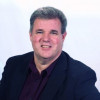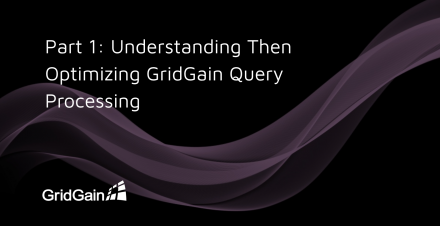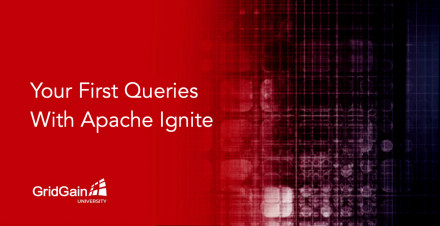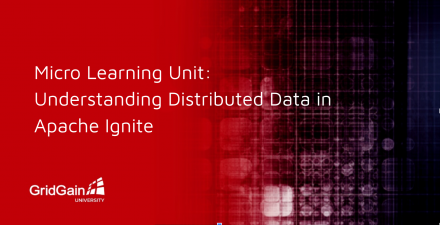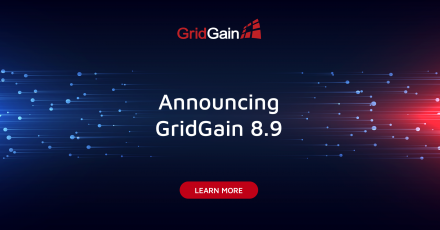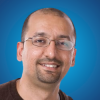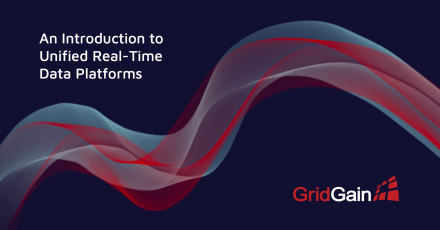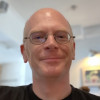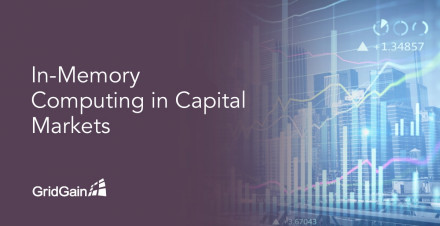Welcome to part two of our blog series on “Understanding Then Optimizing GridGain Query Processing.” To properly understand this second blog, it’s highly recommended that you familiarize yourself with the background material that was shared in the first blog post of this two-part series. With the requisite background in place, we can now explore how to overcome the limitations of standard…
GridGain Blog
IntroductionIn this two-part blog post, we will first explore and understand the major steps that are executed by GridGain’s SQL query processing engine. More importantly, we will share how data is exchanged in the above process and learn about certain limitations that exist within this process. After learning the basics in part one, we will then explore how to overcome those limitations in…
GridGain is happy to announce that we have released our latest Micro Learning Unit, a 10-minute, hands-on training course on how to execute Your First Queries With Apache Ignite.In 10 minutes, we take you through writing your first queries using the three techniques of standard SQL, SQL via Java APIs, and Ignite’s KeyValue pair API.This course is designed for you to follow along. Don’t worry…
This six-minute Micro Learning Unit explores how distributed data is implemented in Apache Ignite and identifies solutions to three key data challenges: hardware capacity, hardware reliability, and performance issues.
Capacity: It’s more efficient to scale data capacity horizontally than vertically. For example, extremely fast CPUs typically cost several times as much as two slightly slower…
Today, we are thrilled to announce the release of GridGain Platform v8.9, adding new and enhanced integrations with popular data formats – including Apache Parquet, Apache Iceberg, CSV, and JSON – in order to enable more complete real-time analysis of your increasingly complex enterprise data. These enhancements make large volumes of enterprise data in data lakes and semi-structured document…
Telecommunication companies can transform their operations into data-driven enterprises by utilizing the Digital Integration Hub Architecture, which is built on GridGain's in-memory computing platform. In this blog post, we will explore how the Digital Integration Hub architecture can assist telecommunication companies in enhancing customer insights, creating additional revenue streams, and…
First, there were DBMSs and data warehouses. Then came data lakes and event stream processing
platforms. Now, the most advanced data solutions are Unified Real-Time Data Platforms. But what are
they?
Unified Real-Time Data Platforms simplify and optimize data architectures by combining
transactional, stream, and analytical processing across data silos into a single “unified” platform. These…
Every industry is experiencing massive increases in the volume of data, the number of queries, and the complexity of requests. At the same time, requirements for low latency are also increasing to keep up with the speed of business. This trend has been apparent in capital markets perhaps longer than in other industries due to intense competition and a willingness to be early adopters of…
GridGain recently published a micro-learning unit on GridGain University that delves into the different data loading strategies for Apache Ignite. These strategies include initial/regular batch load from files, database loading, real-time streaming, and ETL (Extract Transform & Load).
Here is an overview of some of the key strategies. Watch the full 9-minute video here.
Initial /…
To improve application and query performance, developers frequently use summary tables. The summary table pattern is where we feed data into an Apache Ignite or GridGain cluster into two tables: the original data; and a summary, or rollup, of that data.
With GridGain’s SQL engine, it’s not always necessary to have a summary table! For many, perhaps most, use cases, the fact that the data is…
